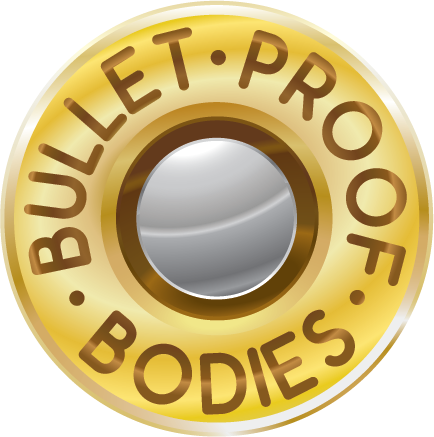Before we explain what Circadian Rhythm Sleep Disorder (CRSD) we need to define circadian rhythm. Our bodies function according to a cycle, a sort of biological clock, located in the part of the brain part of the called the hypothalamus. The circadian rhythms are regular changes in mental and physical characteristics that occur in the course of a day (circadian is Latin for “around a day”). Light causes signals to be sent to several regions of the brain which causes the body to switch on and off the production of hormones. These cycles are synchronized with the sleep / wake cycle.
When we are deprived by light or some other external time cues, most of us suffer an affect to our internal clock. The circadian rhythms can be affected to some degree by almost any kind of external time cue, such as your alarm clock, the timing of your meals, etc.
Circadian Rhythm Sleep Disorders (CRSD) can be categorized in five distinct types; Jet Lag, Shift Work Related Circadian Disorder, Delayed Sleep Phase Syndrome, Advanced Sleep Phase Syndrome, and Irregular Sleep-Wake Cycle. Most of us have similar sleep-wake behavior, but for a small percentage of the population that cycle is interrupted. The circadian rhythm sleep disorders can be divided into two general categories – extrinsic and intrinsic types.
Extrinsic types are those in which the disorder is brought on by an alteration in the environment relative to sleep timing, for example, jet lag, or shift work sleep disorder. Circadian rhythm sleep disorders of the intrinsic type are those that occur as a result of the internal clock being altered relative to your environment.
Jet lag is probably the most well known CRSD and can be quickly overcome by simply returning to a normalized sleep schedule. When a traveler passes from one time zone ot another, the change in light and normal sleep schedule signals can create temporary CRSD.
Those that perform shift work may suffer symptoms much like that of jet lag. Symptoms much like jet lag are common in people who work nights or who perform shift work. Because these people’s work schedules are at odds with powerful sleep-regulating cues like sunlight, they often become uncontrollably drowsy during work, and they may suffer insomnia or other problems when they try to sleep. Shift workers have an increased risk of heart problems, digestive disturbances, and emotional and mental problems, all of which may be related to their sleeping problems. The number and severity of workplace accidents also tend to increase during the night shift. Major industrial accidents attributed partly to errors made by fatigued night-shift workers include the Exxon Valdez oil spill and the Three Mile Island and Chernobyl nuclear power plant accidents. One study also found that medical interns working on the night shift are twice as likely as others to misinterpret hospital test records, which could endanger their patients.
Delayed sleep phase syndrome results from a desynchronization between the a person’s internal biological clock and the external environment. Unlike jet lag, this desynchronization is not activated by travel or change in external environment. Rather, the patient’s propensity to fall asleep is simply “delayed” in relation to that of the general public. Many times these people are called “night owls” or may refer to themselves ad “not morning people.” If they can fall asleep for a full 7 to 8 hours, they will feel rested. However, since these people are out of cycle with the rest of society, they usually can not get the necessary sleep which results in problems socially, job loss and even development of health problems.
Part of the treatment of circadian sleep rhythm disorder consists of measures to reinforce the body’s natural tendency to sleep. You should avoid naps, avoid stimulants at least 4-6 hours prior to bedtime and try to control the environment around you.
Lillian S Walsh, Learn How You Can Create Energizing Sleep And Cure Insomnia Naturally. Anyone Can Double Their Energy Levels And Naturally Transform Their Body Into A Restful Sleep Magnet Get Your FREE Shocking Sleep Report
Article Source: https://EzineArticles.com/expert/Lillian_S_Walsh/80335
Video: https://www.youtube.com/user/TEDxYouth


